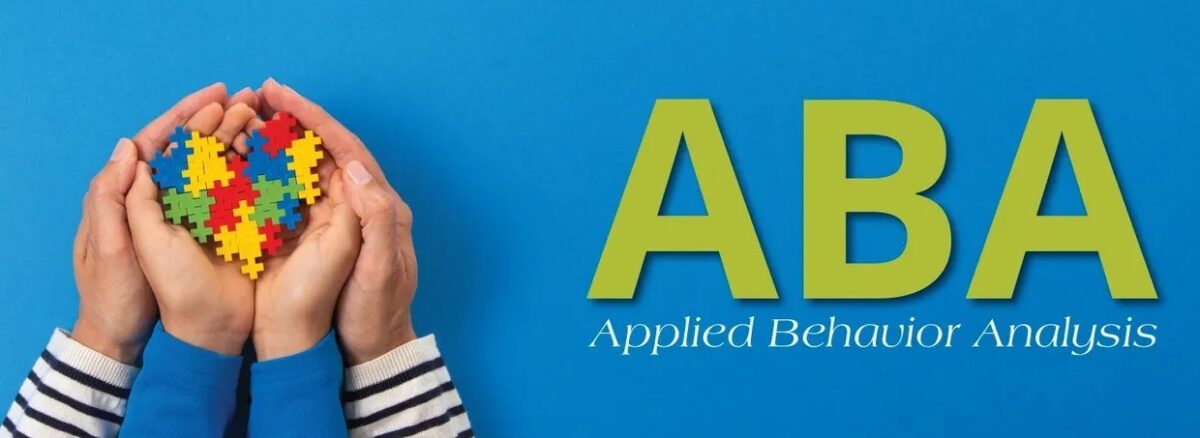Applied Behavioral Analysis (ABA) therapy is a widely recognized and scientifically backed approach to improving behaviors, communication, and social skills in individuals with developmental and intellectual disabilities, particularly Autism Spectrum Disorder (ASD). ABA uses principles of learning theory to bring about meaningful and positive change in behavior. Let’s delve into how ABA works and why it is such an effective intervention method.
What is ABA Therapy?
ABA is grounded in behavioral psychology and focuses on understanding how behaviors are learned and how they can be changed. It emphasizes the role of reinforcement, shaping, and systematic teaching in modifying behaviors. Key components of ABA therapy include:
- Positive Reinforcement: Rewarding desirable behaviors to increase their likelihood.
- Discrete Trial Training (DTT): Breaking tasks into smaller, manageable steps and teaching them individually.
- Natural Environment Training (NET): Applying skills learned in structured settings to everyday situations.
- Functional Behavior Assessment (FBA): Understanding the reason behind a behavior to address it more effectively.
Why ABA is Effective for ASD
Research has consistently shown that ABA can significantly improve language, communication, and social skills in individuals with ASD. Some benefits include:
- Improved ability to communicate needs and emotions.
- Increased independence in daily living skills.
- Reduction of harmful or disruptive behaviors.
- Better social integration in school and community settings.
Real-Life Success Stories
Parents of children with ASD often report tremendous progress after starting ABA therapy. For example, one family shared how their non-verbal child began speaking after six months of intensive ABA sessions. Another parent described how ABA helped their child stop self-harming behaviors and develop healthier coping mechanisms.
What to Expect During ABA Therapy
ABA therapy is highly individualized, with programs tailored to the specific needs of the client. Therapy sessions may last anywhere from 10 to 40 hours per week, depending on the goals set by the therapist and family. Progress is continuously tracked through data collection, and treatment plans are adjusted based on the child’s development.
Conclusion:
ABA therapy is a powerful tool for helping individuals with ASD and other developmental disabilities thrive. With its evidence-based approach and focus on long-term skill development, ABA continues to be a critical intervention in behavioral therapy.

